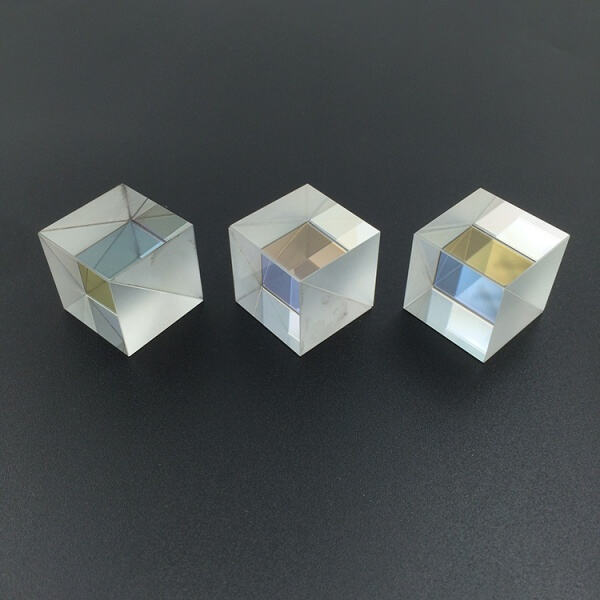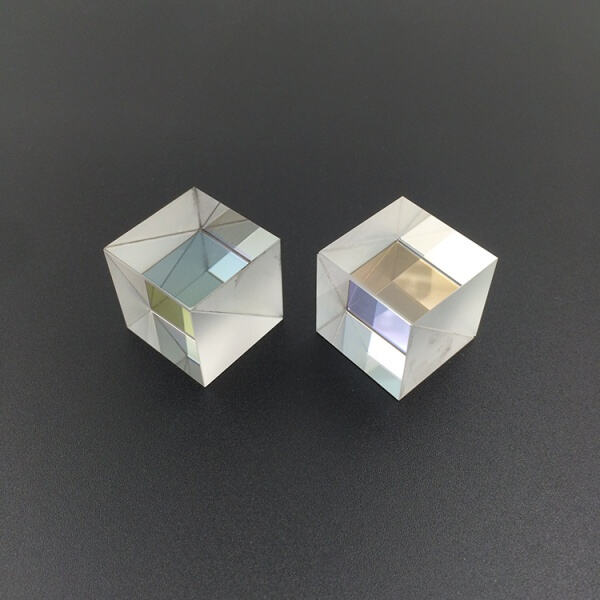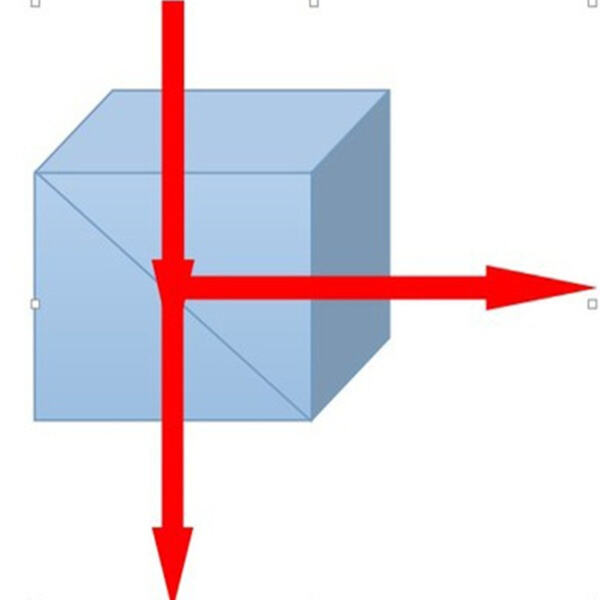
-
+ 86 156 60188203
[email protected] - दज़हाई, नानयांग शहर, हेनान प्रांत चीन
- सोम - शनि 8.00 - 18.00 संडे क्लोज्ड

Have you ever seen a rainbow? It’s what you see in the sky after a rain. But do you know how a rainbow is formed in the first place? I think a rainbow is a really good example of how light separates into different colours! Light splitting occurs when a shaft of light passes through a special shape, a prism, that reveals all the different colors contained in the shaft.
A prism is a 3-dimensional figure as it has height, width, and depth. Prisms can be glass or plastic, and they’re usually a triangle or a square that has been cut into a point. แสงที่ย่างก้าวเข้าสู่ปริซึม จะชะลอตัวและงอ This refraction is what causes the light to split into the separate colors. The separation of colors is known as dispersion. Bright white light shines through a prism and separates into colors, split in a distinct order that we can memorize as ROYGBIV. Those letters refer to red, orange, yellow, green, blue, indigo, and violet.
Let’s break down the science of splitting light. This is a very important concept in a field called optics, which is the study of light and its behavior. Light is very colorful, it is not a single color, but includes many different colors we can not always see. Different colors of light have a distinct wavelength, which is the distance between waves of light.
When white light, which is a combination of all colors, passes through a prism, forms a stepped into different wavelengths. This results in a lovely gradient of colours. Spectrum splitting is the term used to describe the process of separating light into these distinct wavelengths. The spectrum begins with the longest wavelengths, which appear as red light, and moves to shorter wavelengths, which appear as violet light. See? We can see all the colors of the rainbow this way!

In spectroscopy, scientists direct light on a sample, which can be a liquid or a solid. They then examine the light passing through the sample, that is absorbed or reflected by it. This technique allows researchers to observe and individually examine the various wavelengths of light by splitting it. This allows them to discover more about the materials they study, such as their composition and how they act.

Of course there’s a purpose to splitting light, but it certainly is a pretty thing to watch. The stunning hues that light makes when it splits can be appreciated in many wonderful things science proposes, from the shimmering body of gemstones to the colors of soap bubbles, or even the gorgeous wings of butterflies.

The next time you are strolling outside and you see a rainbow in the sky, realise that this phenomenon of light splitting and scattering causes the light rays to come separately and separately, so they can create beautiful pictures in the way of the light rays. The entire concept of light splitting is not limited to any one set of people, it’s for anyone that enjoys the world we live in filled with color and beauty around.
With ISO9001 China's High Technology New Technology Enterprise Certificates, CE, SGS, our company owns more 300 sets of equipment, more than 10 researchers. We guarantee prism light splitting.
Nanyang Jingliang, optical component manufacturer, has the area 10,000 square. meters. Our prism light splitting is focused processing optical prisms and optical system design production sale. We can satisfy all of the requirements optical components
Our company has a sales after-sales staff of more 60 employees. We have extensive experience import, export, and international cooperation. We provide prism light splitting more than 30000 clients in more 80 countries.
Our company has the benefit customizing optical prisms sketches of the customer, from small large sizes. The amount of production models available online more than 400. We have prism light splitting of experience processing various kinds of products to be custom-designed.
कॉपीराइट © नानयांग सिटी जिंगलियांग ऑप्टिकल टेक्नोलॉजी कंपनी लिमिटेड। सभी अधिकार सुरक्षित — गोपनीयता नीति